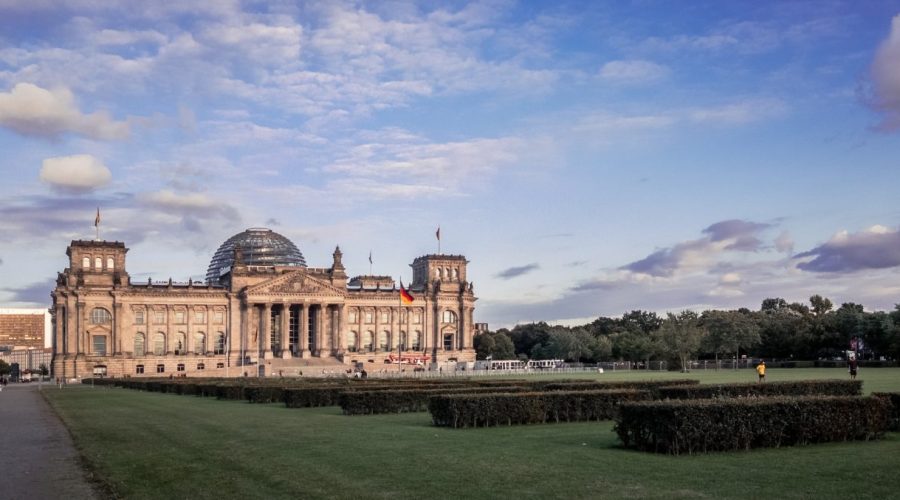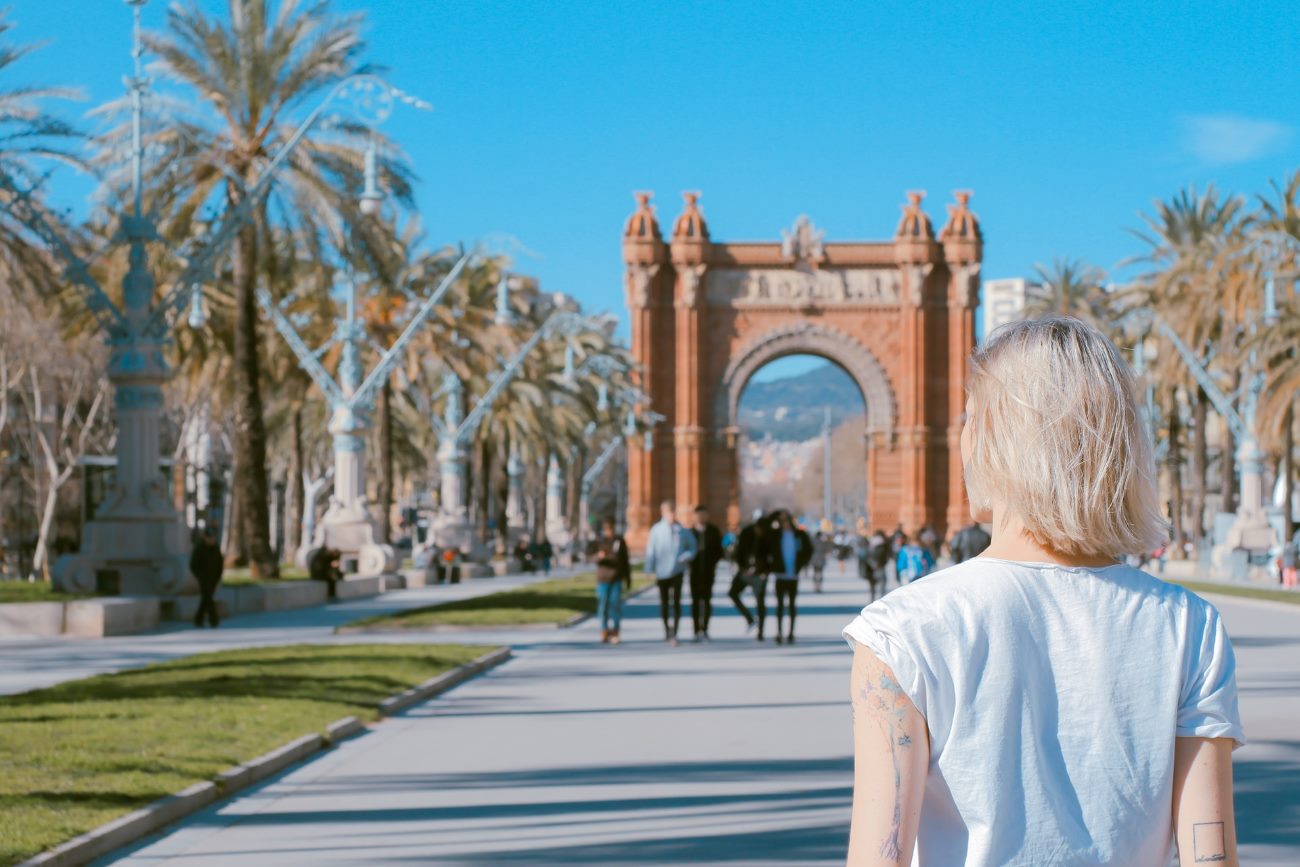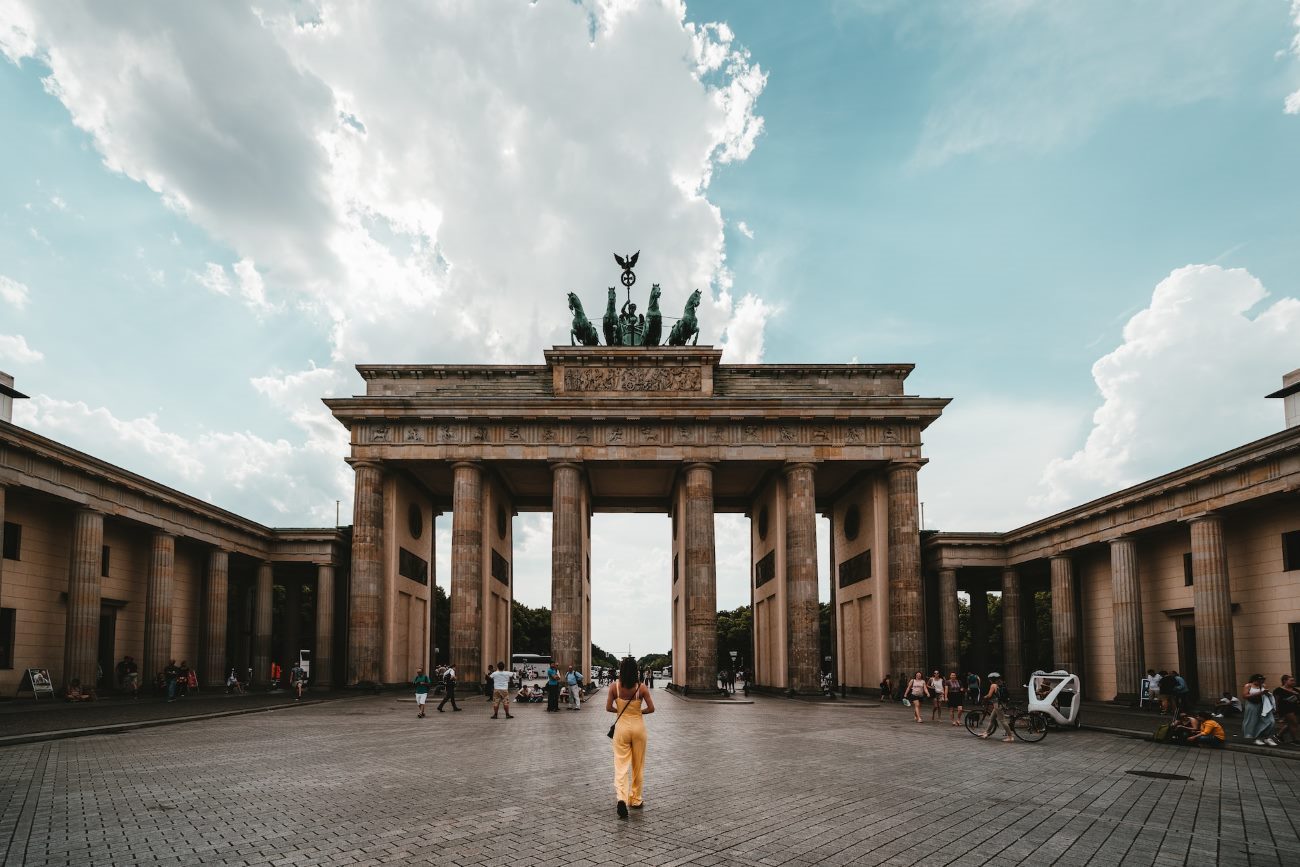Why are Monuments in Berlin, Germany, so significant?
The historical importance alongside cultural heritage makes Berlin stand among the best cities worldwide in Germany. Berlin possesses numerous monuments which represent its history along with essential events and convey the enduring spirit of its citizens. This article examines several key Berlin monuments together with their meaningful historical significance.
The Brandenburg Gate
Berlin proudly displays its Brandenburg Gate as its most iconic monument which symbolizes both the city’s historic challenges and modern reunification after the Cold War. During the late 18th century builders constructed this neoclassical structure near the city entrance but it evolved into a symbol representing Cold War separation. At present the monument symbolizes both national unity together with peace and freedom in Berlin.
Tips for visiting:
- Reach the destination at an early hour before the crowds form to capture ideal photos.
- During your visit to the gate make time to relax at the calm Tiergarten park.
- The admission fees are worth it to participate in a guided tour that teaches visitors about the historical meaning of the gate.
The Holocaust Memorial
In the center of Berlin stands the Holocaust Memorial that functions as a thoughtful reminder of Holocaust atrocities through its official name Memorial to the Murdered Jews of Europe. Peter Eisenman designed the memorial through 2,711 concrete slabs of various heights which create an unsettling contemplative space for visitors.
Tips for visiting:
- Every visitor should demonstrate proper respect for the memorial mission by behaving respectfully.
- Give sufficient time to yourself to both think deeply about the meaning of the memorial.
- The Information Center in the vicinity offers comprehensive Holocaust knowledge to visitors.
The Berlin Wall Memorial
Berliners carry the vivid historical imprint of the Berlin Wall that separated their city during its past separation. This memorial represents the sharp political split between Germany as well as Germany’s eventual reunification in a significant way. The outdoor exhibit shares information about how the wall came into existence and its consequences on civilization together with its final result of unification.
Tips for visiting:
- Guided tours at the site provide visitors with complete knowledge about the historical development of the wall.
- Boarders at the Documentation Center to experience comprehensive wall history.
- A visit to the Chapel of Reconciliation should not be missed because it represents hope and healing for all visitors.
The Victory Column
The Victory Column exists as Berlin’s central landmark since its original purpose as a Prussia military victory monument in mid-nineteenth century commemorations. People who ascend to the viewing platform at this Tiergarten park monument receive an unmatched perspective of Berlin’s cityscape since the location presents panoramic views of the entire urban landscape.
Tips for visiting:
- Ascend the steps toward Berlin’s breathtaking landmark panoramas.
- The most optimal time to visit is during the first hours of the day or the last hours of afternoon because of superior visibility.
- You should opt for a strolling experience through Tiergarten park while you make your trip
The Soviet War Memorial
Treptower Park displays the Soviet War Memorial which honors all Soviet soldiers who sacrificed their lives in World War II battles. At this memorial site visitors can honor fallen soldiers while enjoying the peaceful atmosphere that develops from its contemporary structure and extensive park grounds which commemorate fighters who opposed fascist power.
Tips for visiting:
- When visiting this memorial preserve a polite attitude together with respectful behavior.
- Follow the native traditions when showing respect to the place and people.
- Spending some time in the memorial you can experience its stunning gardens together with its impressive sculptures.
The many historical cultural sites of Berlin include these few notable landmarks among many others. Every memorial shares distinct historical narratives which shape the lively composition of the city. Your exploration of Berlin’s historical sites provides knowledge and respect to past events and reveals an unforgettable reminiscence about human history.
Table of Contents



